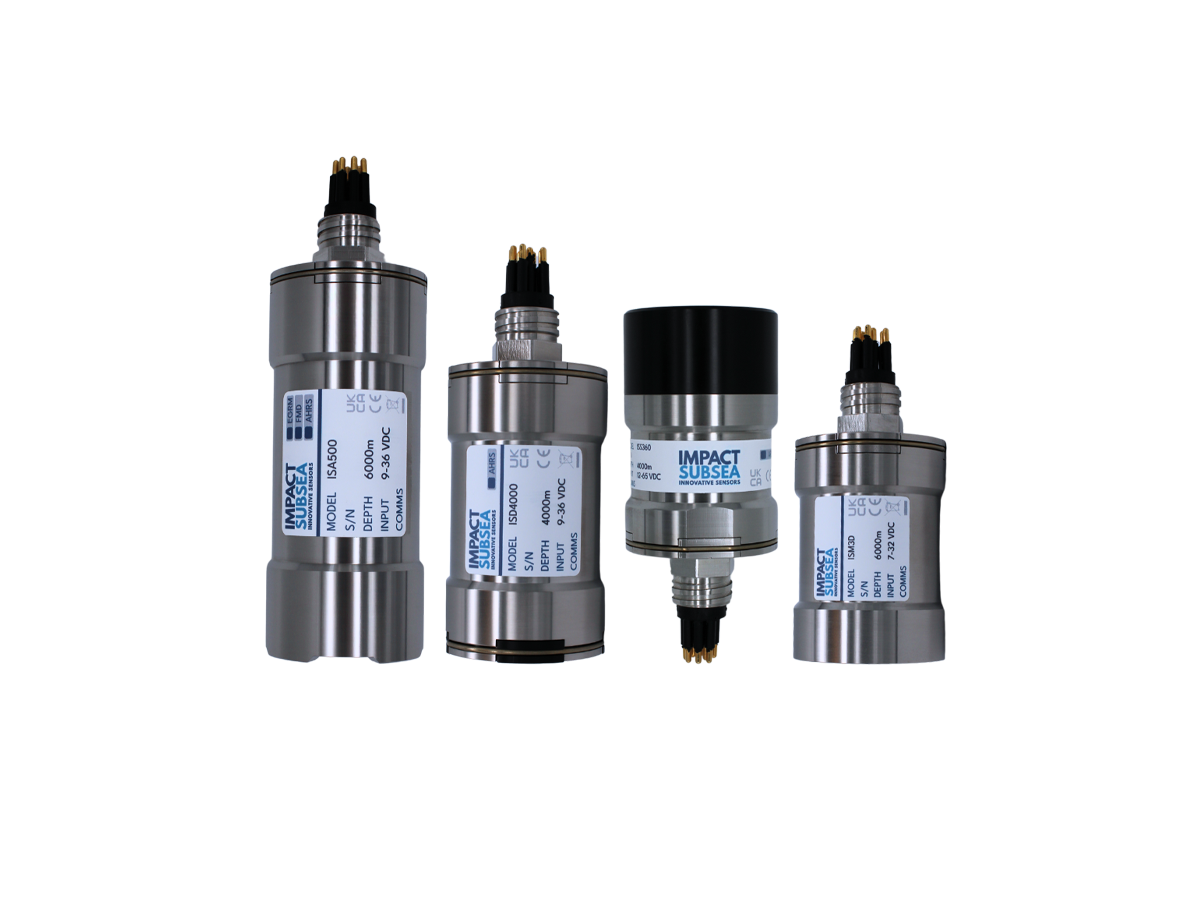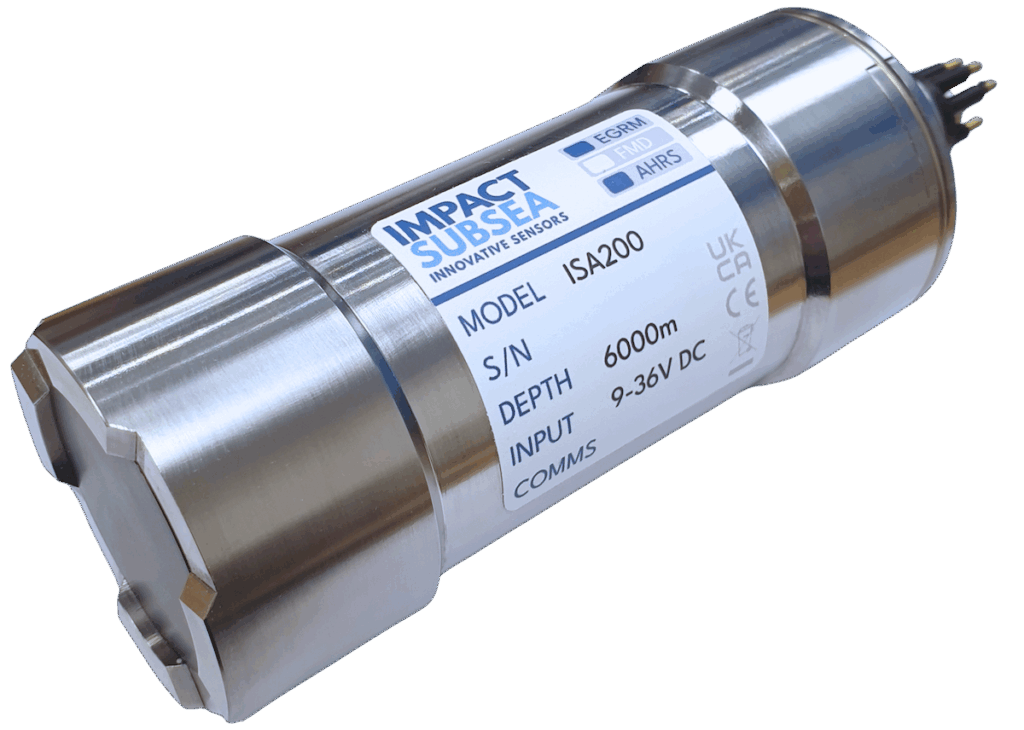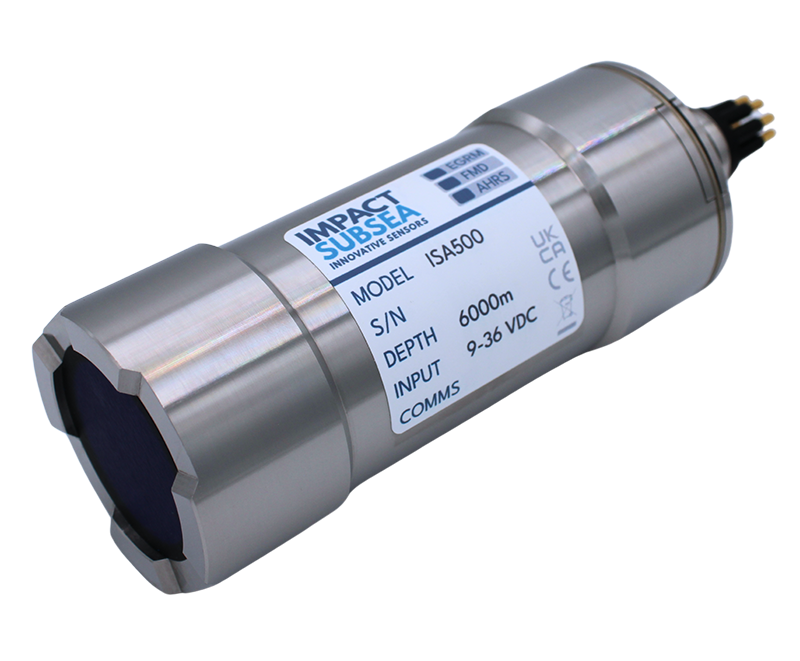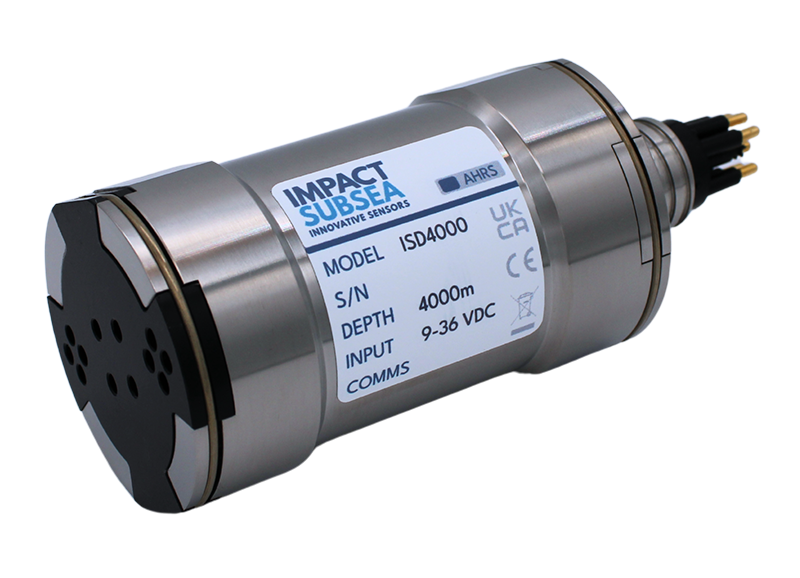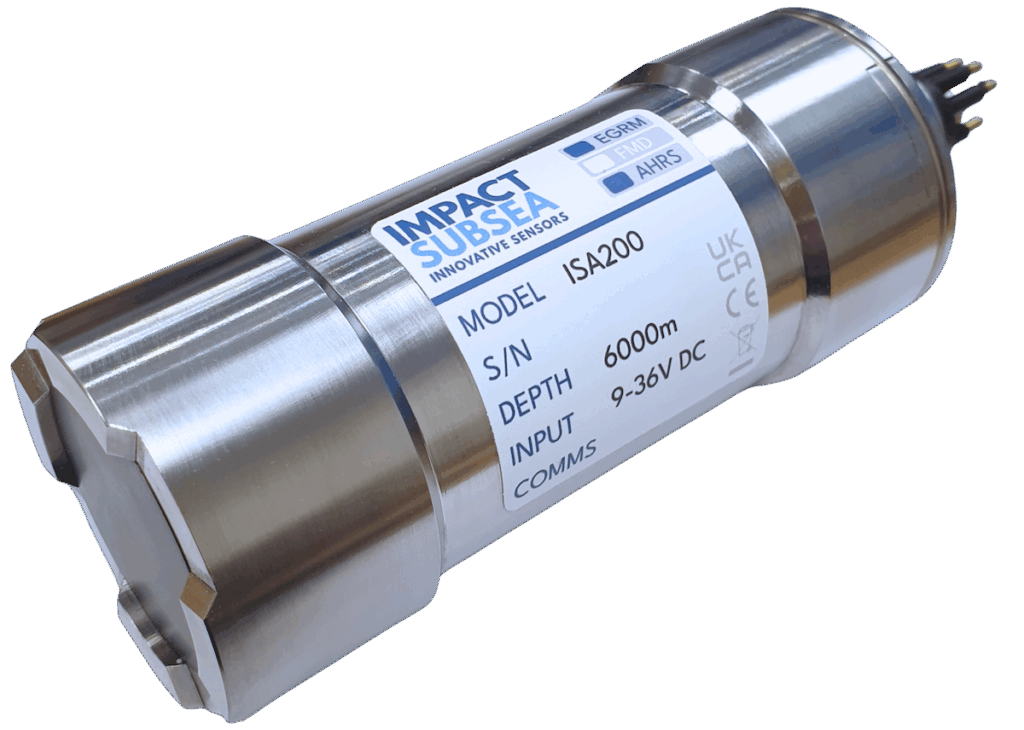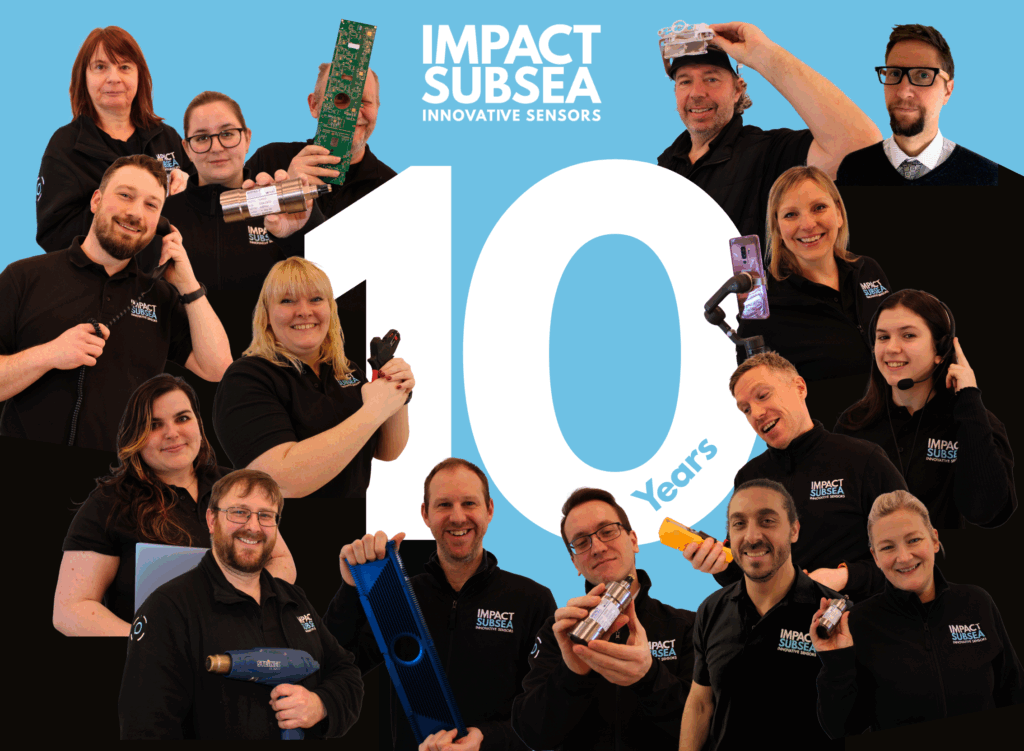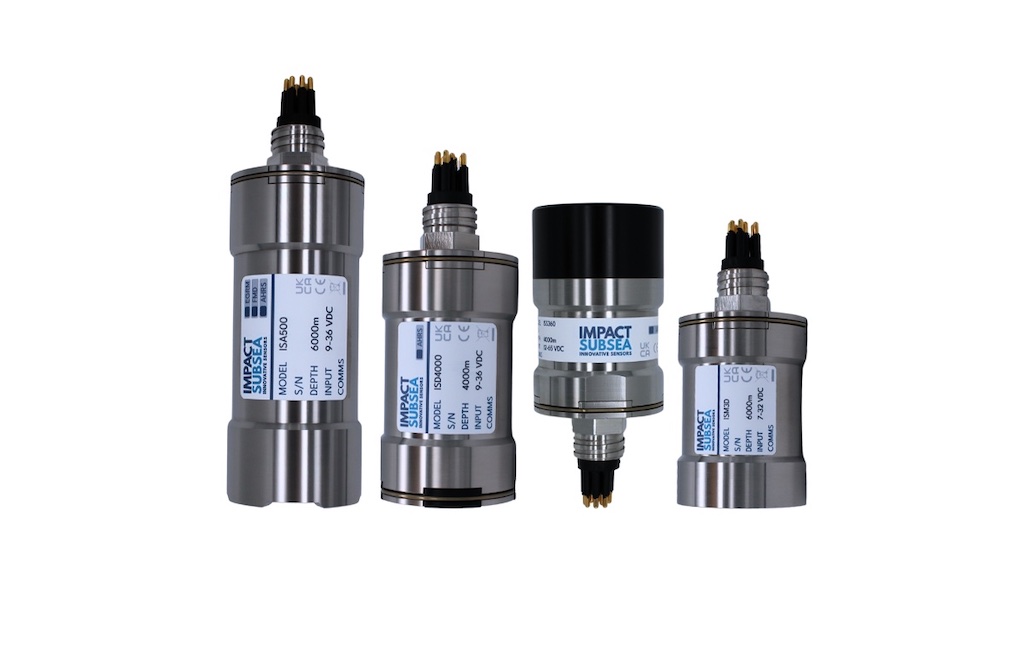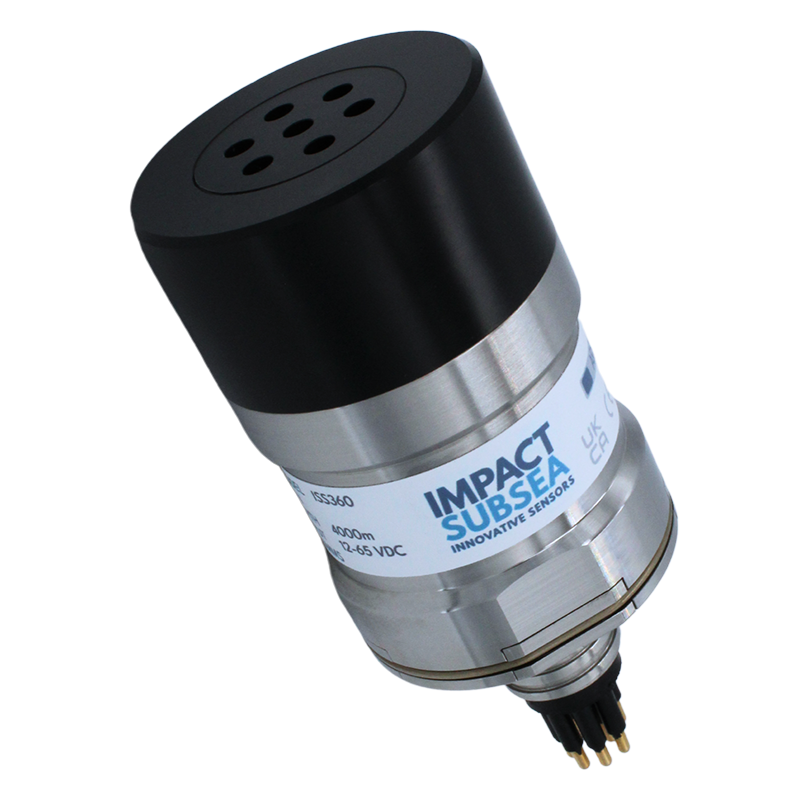
Massachusetts Institute of Technology (MIT) and Woods Hole Oceanographic Institution (WHOI) have compared leading sonar technologies for Autonomous Underwater Vehicle (AUV) obstacle avoidance, revealing Impact Subsea’s ISS360HD as the top performer in challenging underwater conditions, with superior resolution, range, and reliability across critical performance metrics.
The new collaborative study by the MIT and WHOI is shedding light on the critical role of sonar in AUV navigation. Presented at the IEEE AUV Symposium in Boston, the study—Comparing Sonar Suitability for AUV Obstacle Avoidance—offers a head-to-head comparison of two leading sonar systems under a variety of underwater conditions.
Led by Andrew Motz, Nathan McGuire, and Jeff Kaeli, the research evaluated sonar performance based on key metrics including signal-to-noise ratio (SNR), target strength, noise levels, sensor saturation, and intensity. The clear standout was the ISS360HD, which delivered significantly better results across all categories—particularly in terms of SNR, a crucial factor for long-range and low-visibility detection.
The study attributes the ISS360HD’s superior performance to its enhanced angular resolution, allowing it to produce clearer, more accurate images of the underwater environment. As AUVs become indispensable tools for ocean research, offshore exploration, and environmental monitoring, the ability to detect and avoid obstacles with precision is more vital than ever.
With features like a 100-meter range, 6,000-meter depth rating, compact design, and high-resolution imaging via a broadband transducer, the ISS360HD is positioned as a game-changer for safe, reliable AUV operations.
Find out more on the Impact Subsea website.






